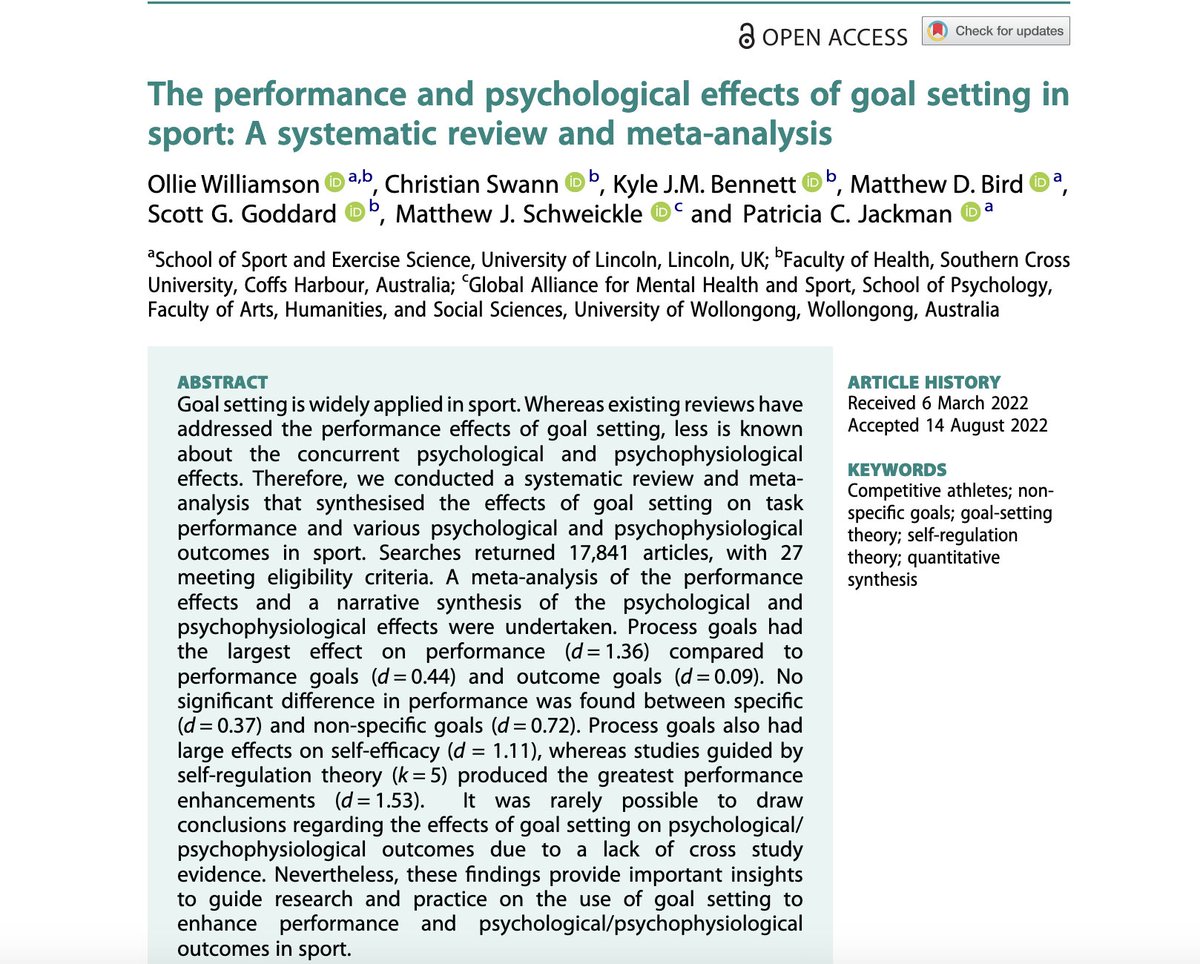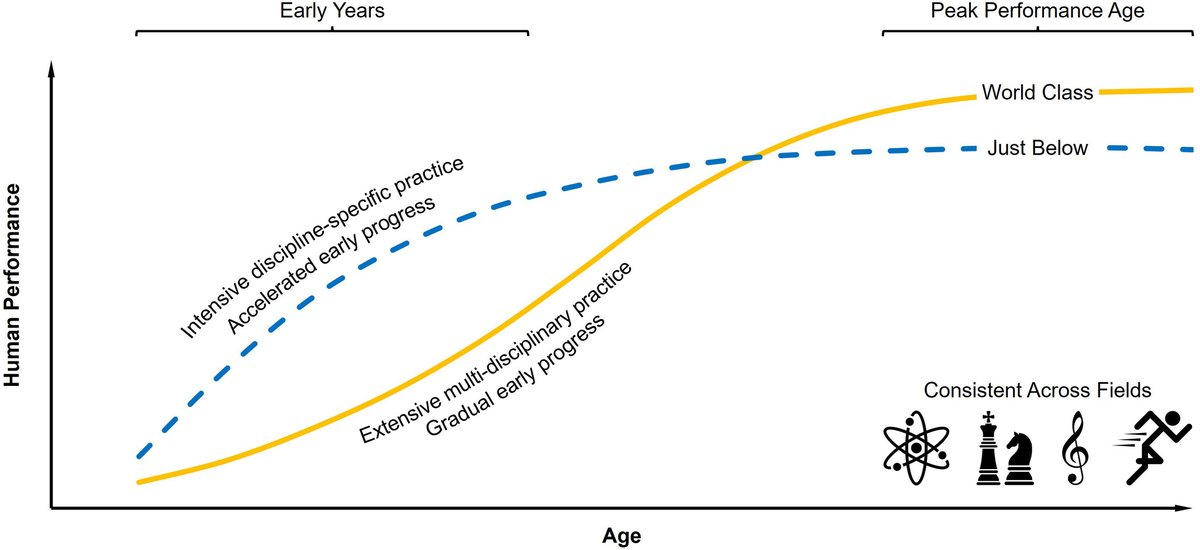
Author of the NEW Book Win the Inside Game: https://t.co/zOxmZky5V2
Performance Coach: Mental & Physical Performance
Prior Books: Do Hard Things, Peak Performance
17 subscribers
How to get URL link on X (Twitter) App


 Two main reasons this works:
Two main reasons this works:
 The data is staggering.
The data is staggering. 
 What we feed the brain becomes the state we live in.
What we feed the brain becomes the state we live in.